Resolution 98/2023/QH15 of the National Assembly on piloting a number of special mechanisms and policies for the development of Ho Chi Minh City took effect from August 1, 2023, but so far, the City has not attracted any strategic investors. Many large enterprises expressed their desire to participate in the project, but when they started implementing it, they encountered barriers from the regulations in the "special" mechanism.
A typical example is the Can Gio International Transit Port Project. Point b, Clause 9, Article 7, Resolution 98/2023/QH15 stipulates: “Strategic investors must disburse investment capital within 5 years from the date of issuance of the investment registration certificate or the decision approving the investment policy. During this period, strategic investors are not allowed to transfer the project”.
According to the consortium of Saigon Port Joint Stock Company and Terminal Investment Limited Holding SA (the unit that established and proposed the Project), Can Gio International Transit Port has a total investment capital of 113,531 billion VND, expected to be divided into 7 phases, implemented in 22 years. The requirement of disbursement within 5 years is not feasible for large-scale infrastructure projects with long implementation time like this project.
Not only that, the mechanism for selecting strategic investors still requires bidding. That is, the enterprise that sets up and proposes the project is not sure to be the investor if it does not win the bid. This is the bottleneck that makes it difficult for Ho Chi Minh City to attract large corporations to invest.
Recognizing the shortcomings in selecting strategic investors for large projects, Ho Chi Minh City is developing a revised plan to suit the current practical situation. According to the draft developed by the Ho Chi Minh City Department of Finance, this revision and supplement focuses on Article 7, Resolution 98/2023/QH15 related to the strategic investor mechanism.
Specifically, Ho Chi Minh City proposed to add priority industries to attract strategic investors, such as strategic technology projects with capital from 1,000 billion VND; urban railway along Saigon River from 6,000 billion VND; mixed urban areas from 50,000 billion VND; sports complexes, cultural parks from 15,000 billion VND; infrastructure construction projects for free trade zones, industrial parks, high-tech parks from 30,000 billion VND or more...
In particular, priority projects will be allowed to appoint investors instead of having to bid, helping to shorten the preparation time. Strategic investors will have their disbursement period extended to a minimum of 10 years from the date of land handover, but must still commit to not transferring the project during this time.
Experts say that for the revised mechanism to be truly effective, the criteria for selecting investors need to be more flexible. According to Dr. Tran Du Lich , Chairman of the Advisory Council for the implementation of Resolution 98/2023/QH15, if the criterion of “having implemented similar projects” is maintained, Vietnamese enterprises will have little chance.
"Vietnam does not have an urban railway industry yet, so how can Vietnamese enterprises meet the criteria of having done similar projects to meet the criteria of becoming a strategic investor of the City?" Mr. Lich said, adding that if this criterion is still maintained, it will inadvertently create advantages for foreign investors.
According to Associate Professor, Dr. Vu Anh Tuan (Vietnam-Germany University), choosing a new enterprise with no experience in implementing projects as a strategic investor is very risky. When choosing a strategic investor, only considering the capital factor is not enough, but other conditions are needed such as financial capacity, equity capital accounting for 20-30% of the project investment capital; credit history of at least 3 years without bad debt; ability to mobilize capital...
Meanwhile, Dr. Du Phuoc Tan (Ho Chi Minh City Institute for Development Studies) proposed that projects should be classified according to their accompanying technological value, and projects with “breakthrough technology” should enjoy superior incentives. The city should establish a Strategic Investment Connection Board under the City People’s Committee to accompany investors throughout the project life cycle.
According to the plan, the Government will submit the proposal to amend and supplement Resolution 98/2023/QH15 on a special mechanism for Ho Chi Minh City to the National Assembly for consideration at the October 2025 session.
Source: https://baodautu.vn/de-xuat-co-che-thong-thoang-de-tphcm-thu-hut-du-an-ty-usd-d386546.html


![[Photo] Prime Minister Pham Minh Chinh chairs a meeting of the Government Standing Committee on overcoming the consequences of natural disasters after storm No. 11](https://vphoto.vietnam.vn/thumb/1200x675/vietnam/resource/IMAGE/2025/10/09/1759997894015_dsc-0591-jpg.webp)
![[Photo] Prime Minister Pham Minh Chinh chairs the Conference to deploy the National Target Program on Drug Prevention and Control until 2030](https://vphoto.vietnam.vn/thumb/1200x675/vietnam/resource/IMAGE/2025/10/09/1759990393779_dsc-0495-jpg.webp)











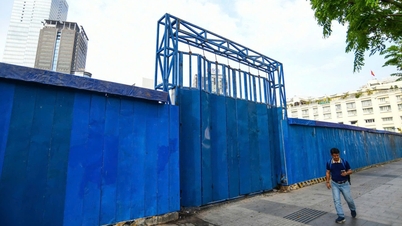
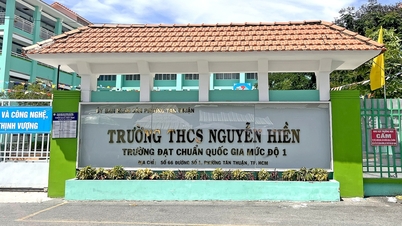













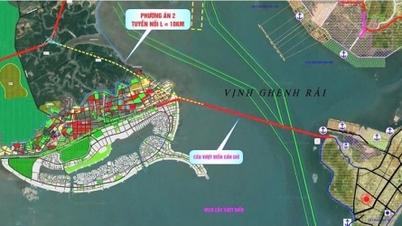
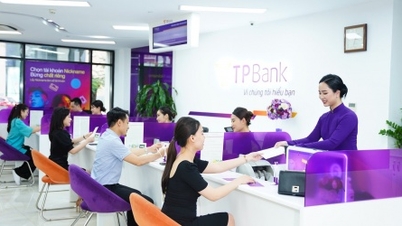


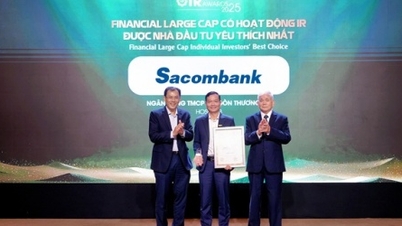

























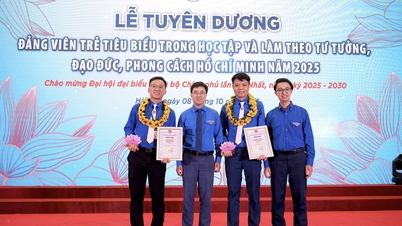
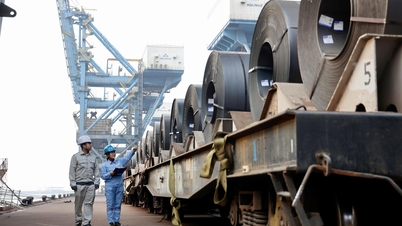





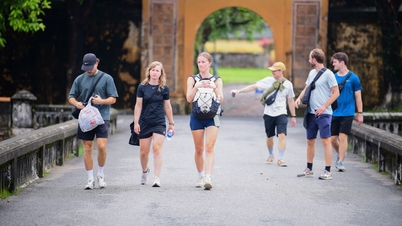


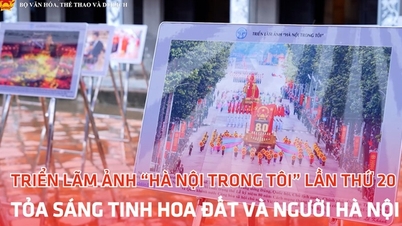



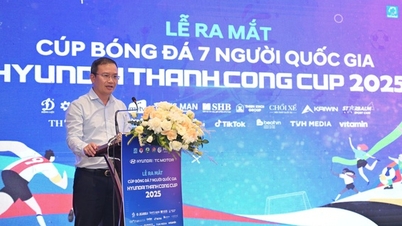








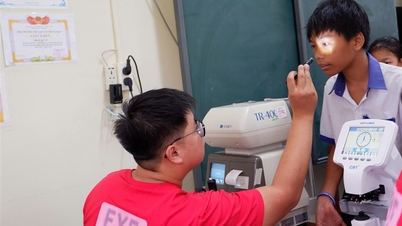














Comment (0)